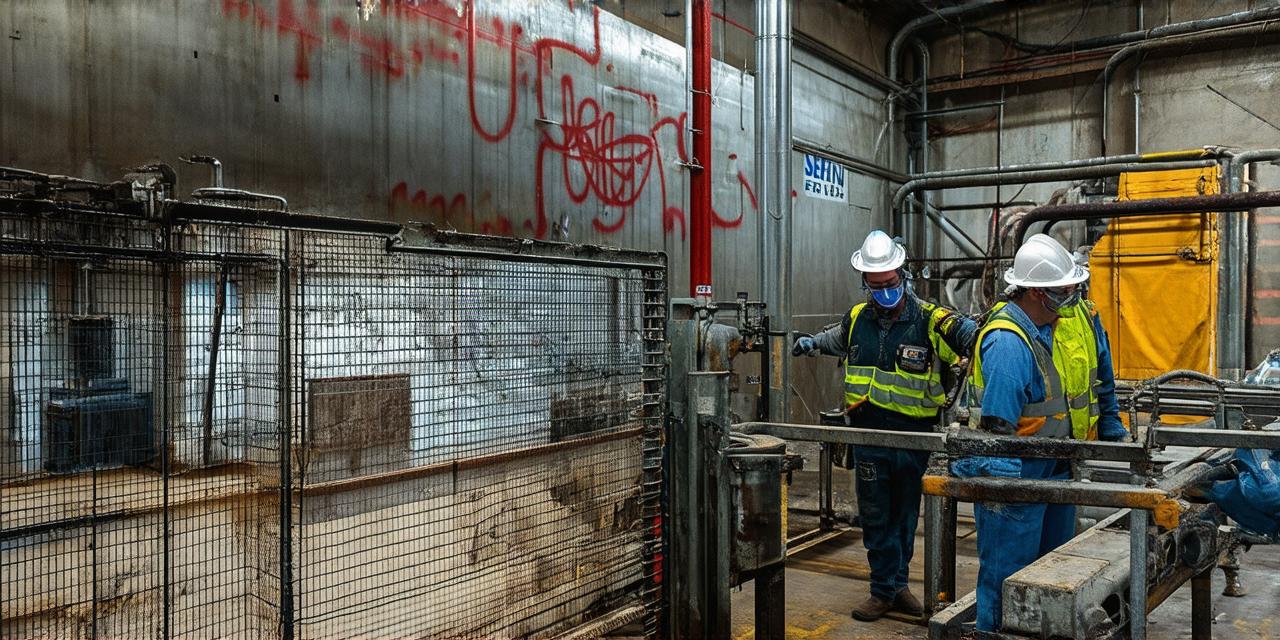Shein, the Chinese fast-fashion giant, has been making headlines in recent years due to its negative reputation. Despite being one of the world’s largest online retailers, Shein’s practices have raised concerns about ethical and environmental issues. In this article, we will explore some of the reasons behind Shein’s negative reputation and how the company can address these concerns.
1. Labor Exploitation
One of the biggest reasons behind Shein’s negative reputation is labor exploitation. The company has been accused of paying its workers low wages, working them long hours, and subjecting them to poor working conditions. In some cases, workers have been found to be living in cramped dormitories with no access to clean water or proper sanitation. These practices have led to calls for a boycott of Shein’s products and has damaged the company’s reputation.
2. Environmental Impact
Shein’s environmental impact is another reason behind its negative reputation. The fast-fashion industry is notorious for being one of the biggest polluters in the world, and Shein is no exception. The company has been accused of using harmful chemicals in its production process, which has led to water pollution and other environmental problems. Additionally, the constant demand for new products means that Shein is contributing to the waste problem by creating a culture of disposability.
3. Intellectual Property Rights
Shein has also been accused of violating intellectual property rights. The company has been sued several times for selling counterfeit goods, including designer handbags and clothing. This not only damages the reputation of the designers but also undermines the legal system. It is important to note that intellectual property rights are essential for innovation and creativity in the fashion industry.
4. Lack of Transparency
Shein has been criticized for its lack of transparency. The company does not disclose much information about its supply chain, making it difficult for customers to know where their clothes are coming from and how they were made. This lack of transparency has led to concerns about the ethics of the company’s practices and has contributed to its negative reputation.
5. Data Collection and Privacy
Shein collects a lot of data about its customers, including their personal information and purchase history. This raises concerns about privacy and security, as well as potential misuse of this data. Customers have also reported issues with the company’s return policy, making it difficult to get their money back or exchange products.

5. Case Study: The Shein Boycott
In 2018, a group of activists launched a boycott of Shein’s products in response to the company’s labor practices. They encouraged customers to stop buying from the company and donate their clothes to charity instead. The boycott was successful and led to a significant drop in sales for Shein. However, the company has since continued its business as usual, without addressing the concerns raised by the activists.
6. Expert Opinions
According to Dr. Jane Nelson, a professor of business ethics at Harvard Business School, “Shein’s negative reputation is a result of a combination of factors, including labor exploitation, environmental impact, and lack of transparency.” She also notes that the company’s culture of fast fashion has contributed to the waste problem and has created a culture of disposability.
Another expert, Dr. Sarah Raskin, a professor of sustainability at the University of Cambridge, believes that Shein’s negative reputation is a result of its failure to address environmental and ethical issues in its supply chain. “Shein needs to take responsibility for its impact on the environment and workers if it wants to repair its reputation,” she says.
7. Real-Life Examples
One real-life example of Shein’s negative reputation is the case of a worker who was found to be living in a cramped dormitory with no access to clean water or proper sanitation. The worker, who was paid only $1.50 per day, had to share a room with seven other workers and was required to work 12-hour shifts six days a week.


